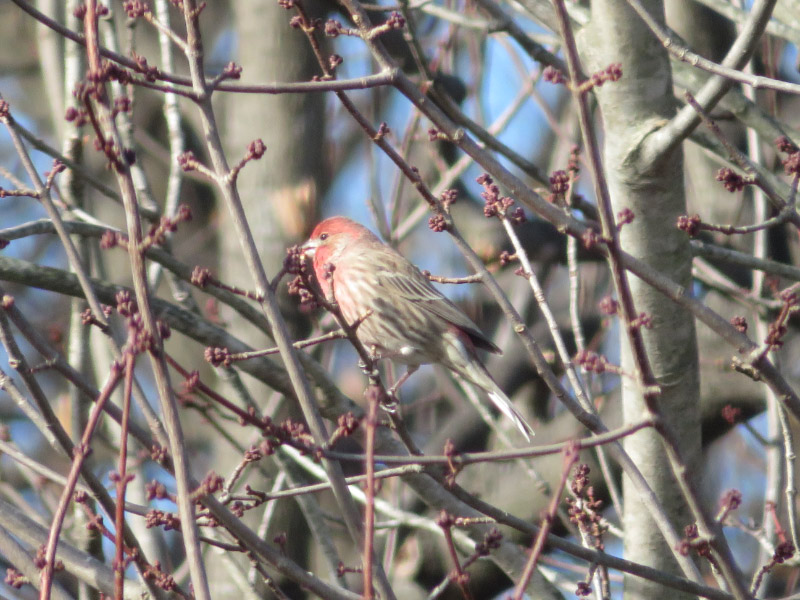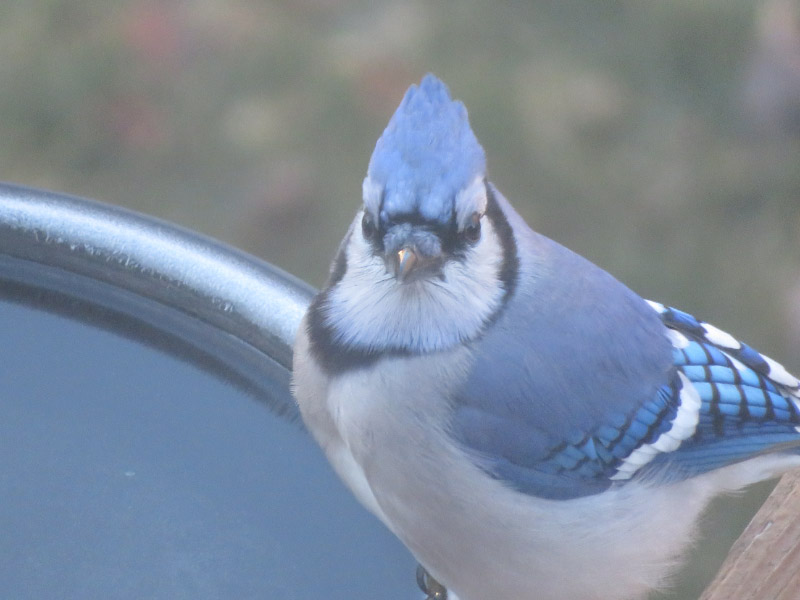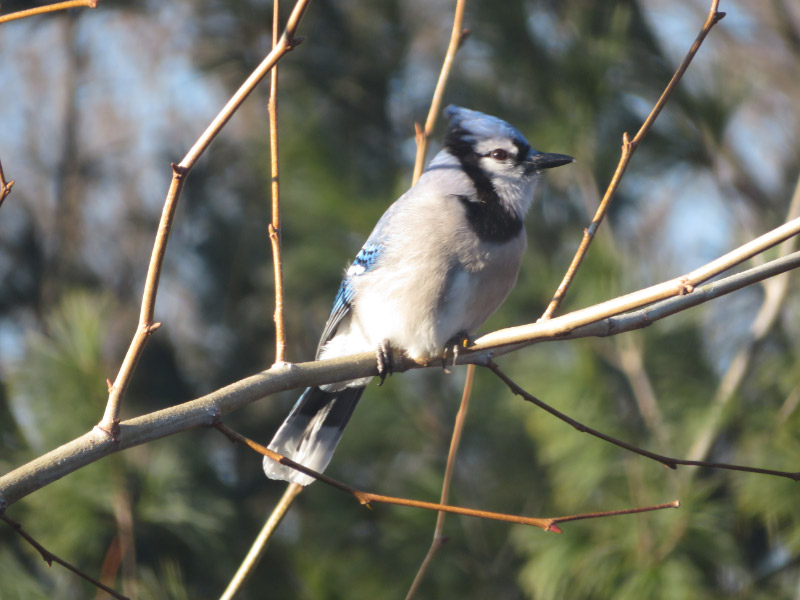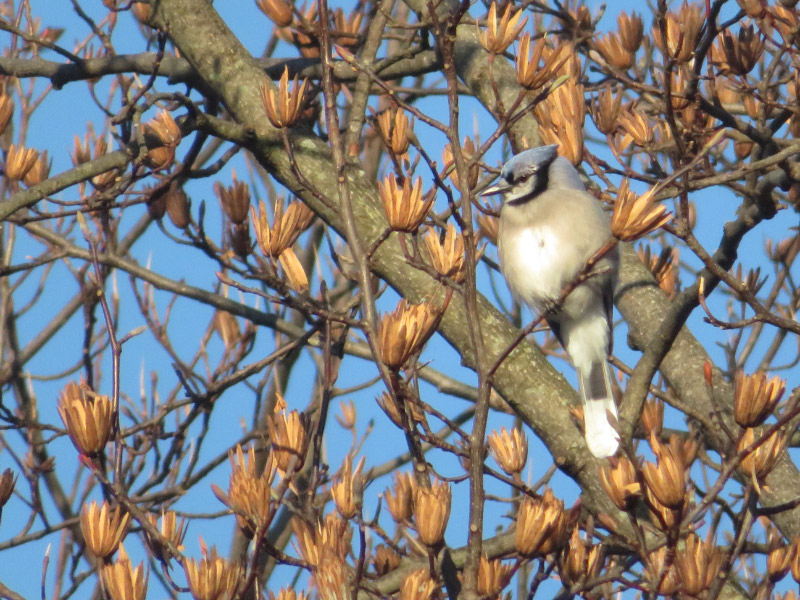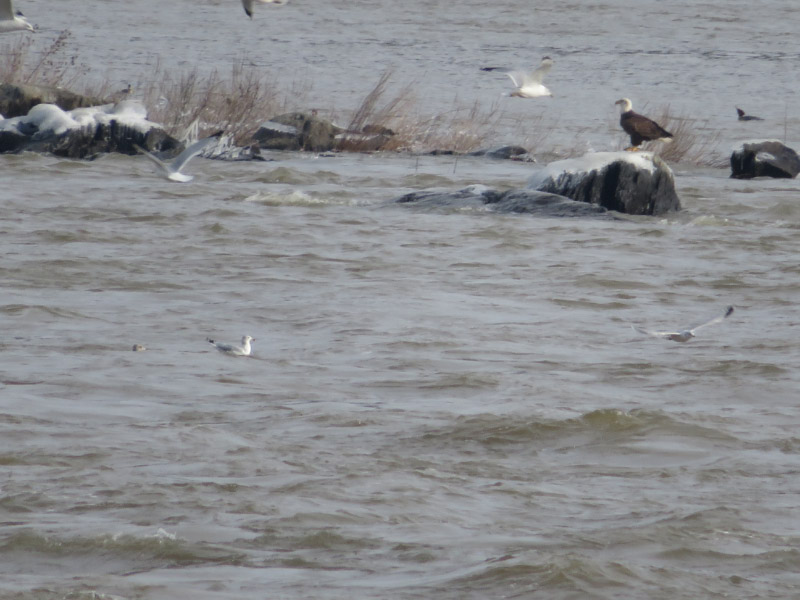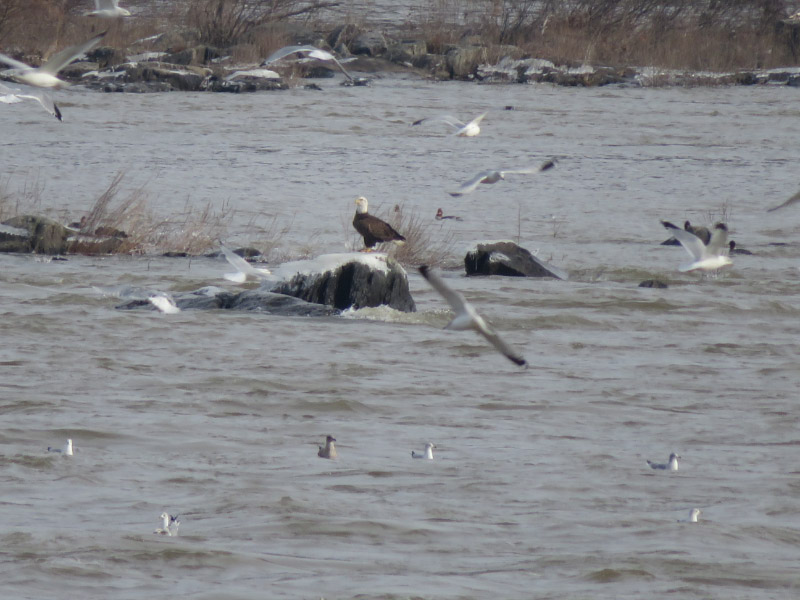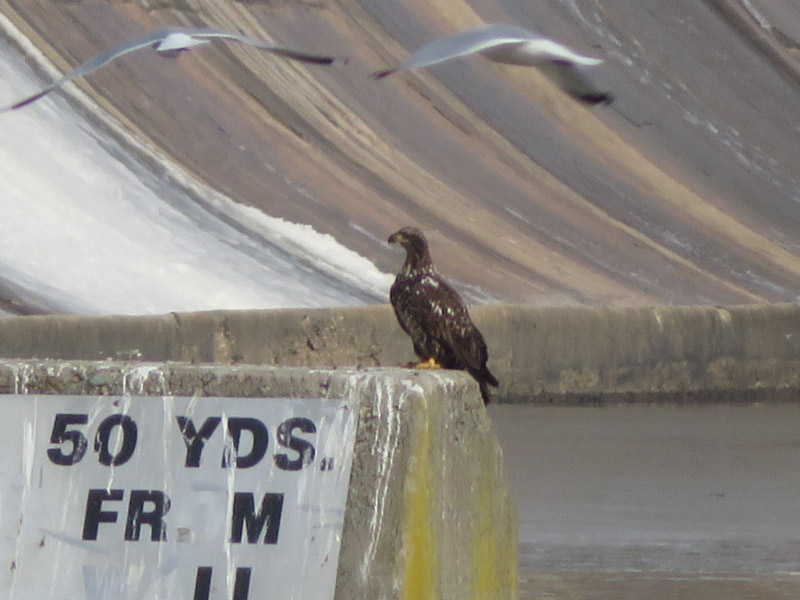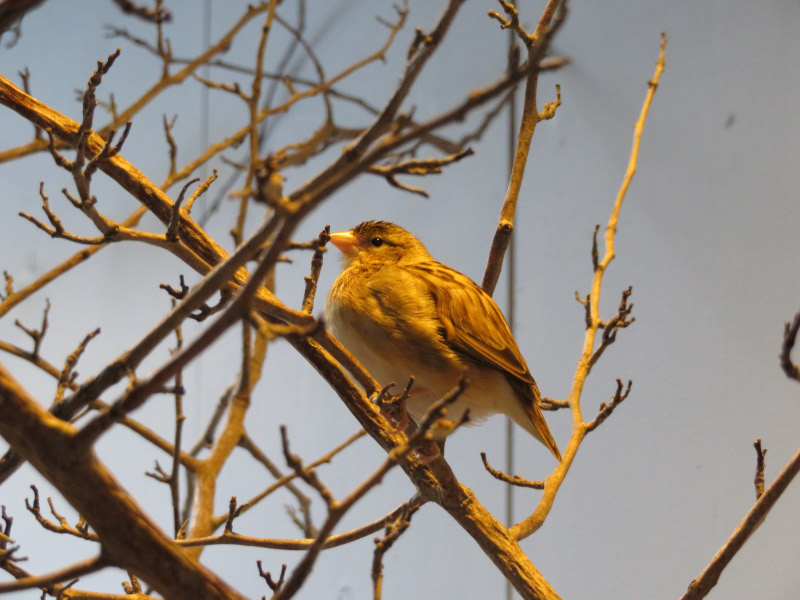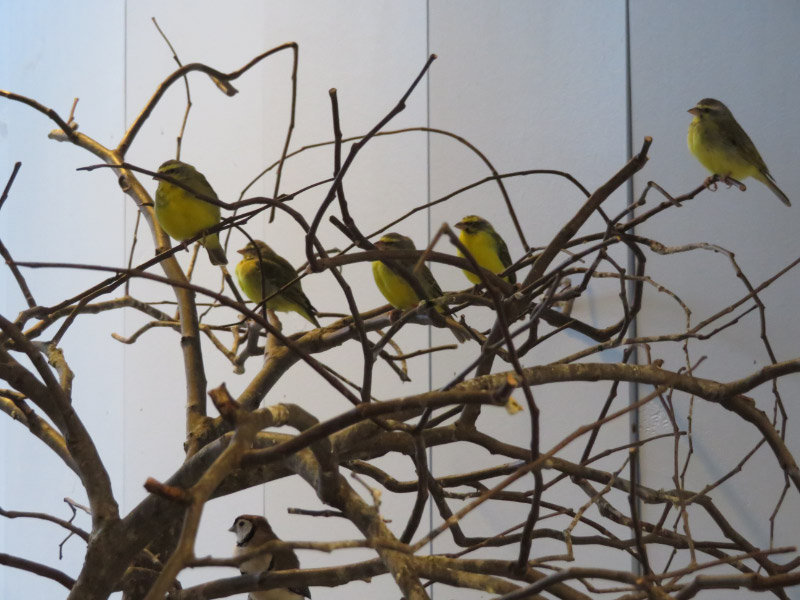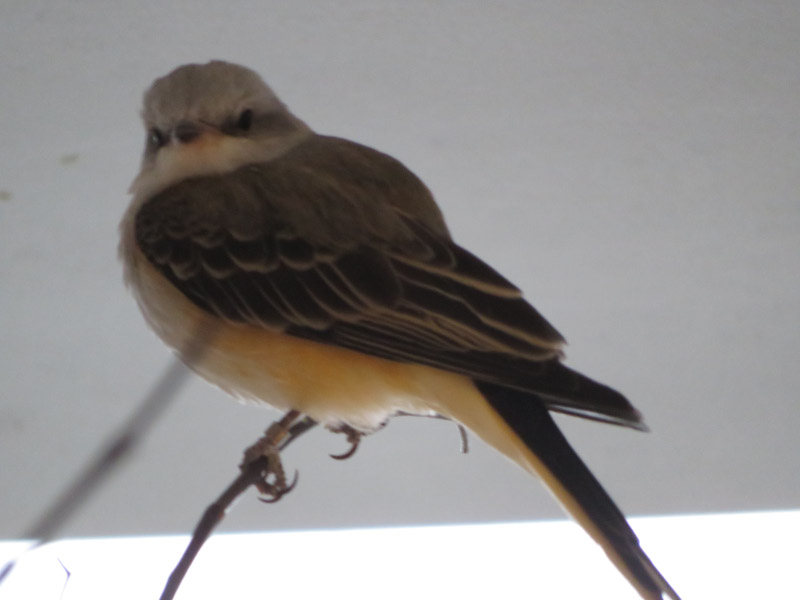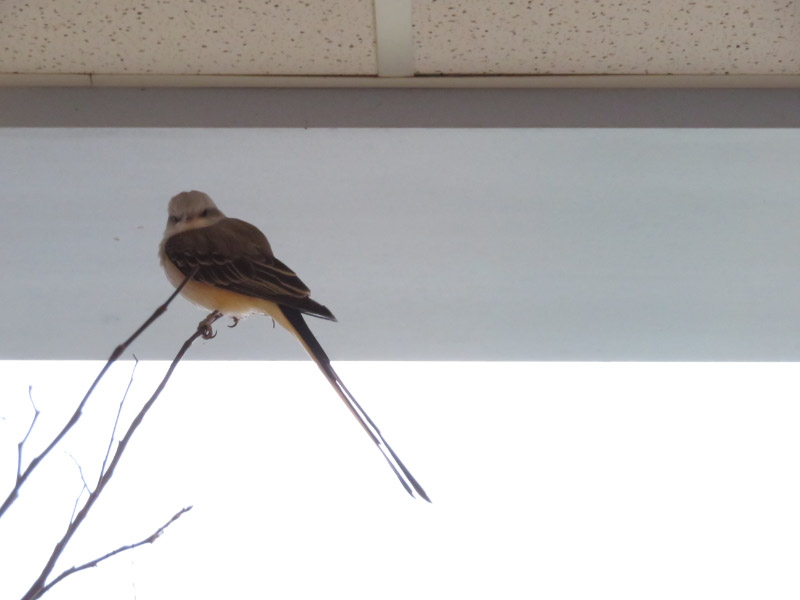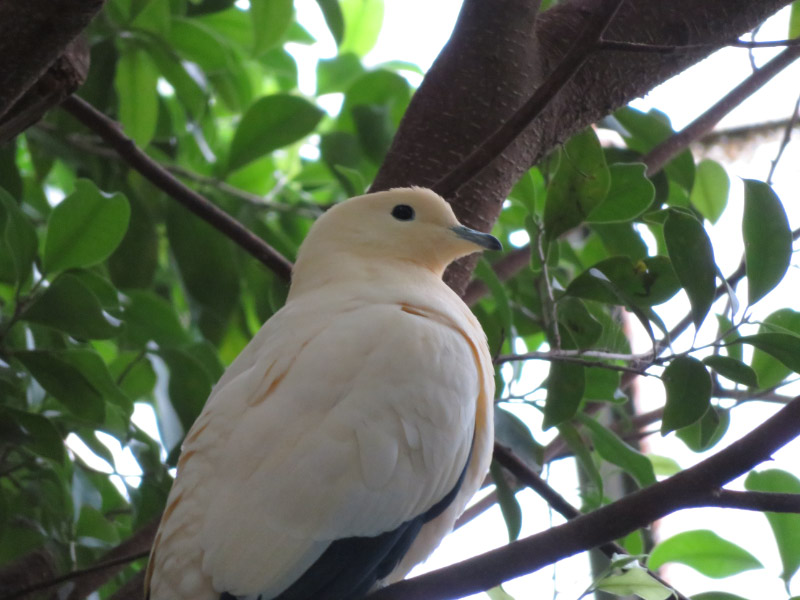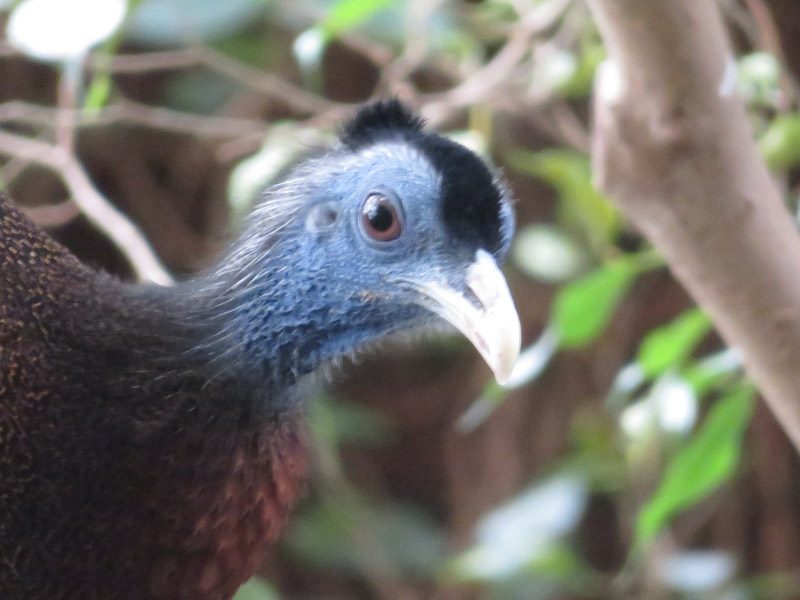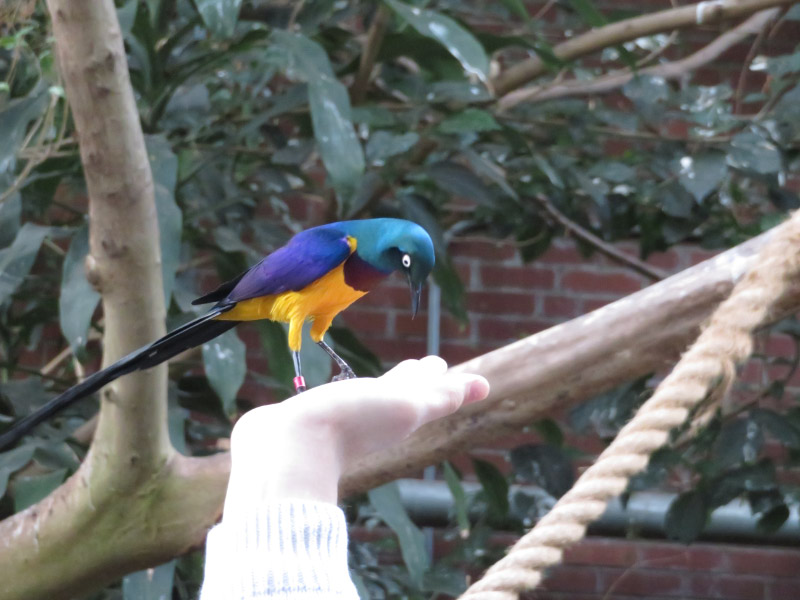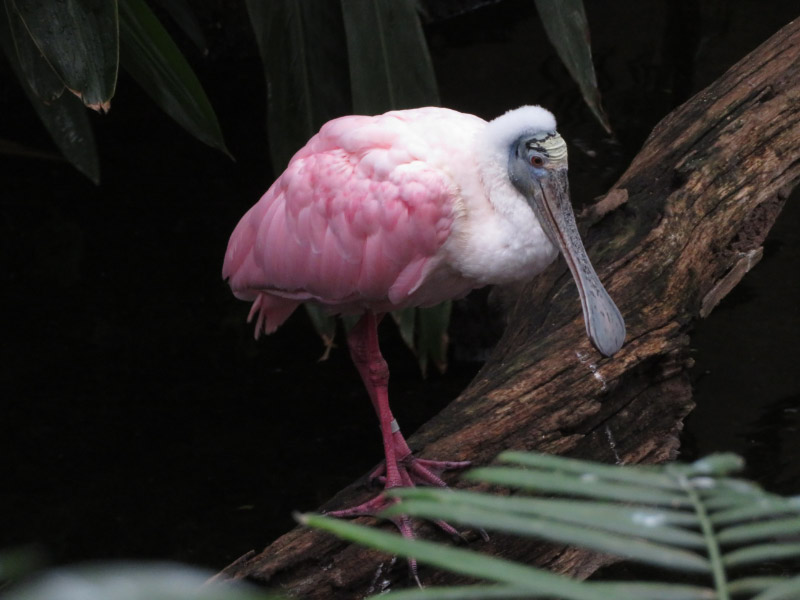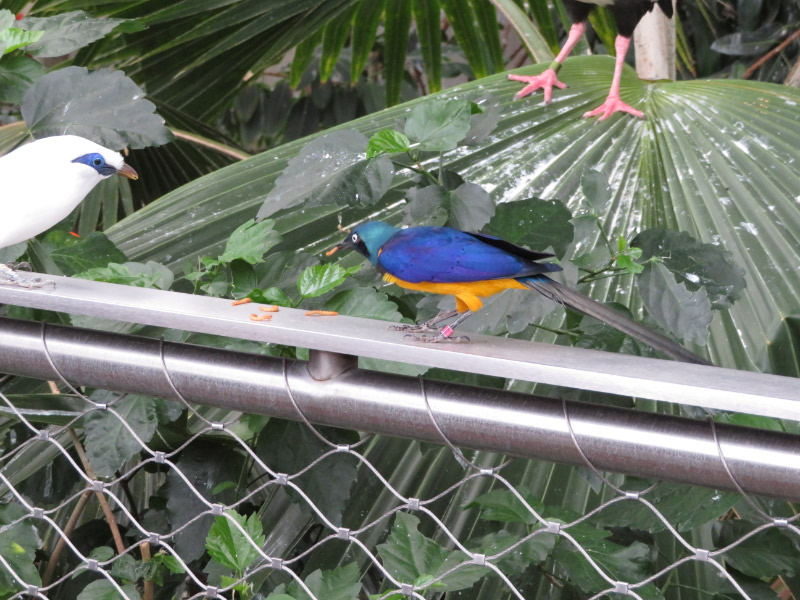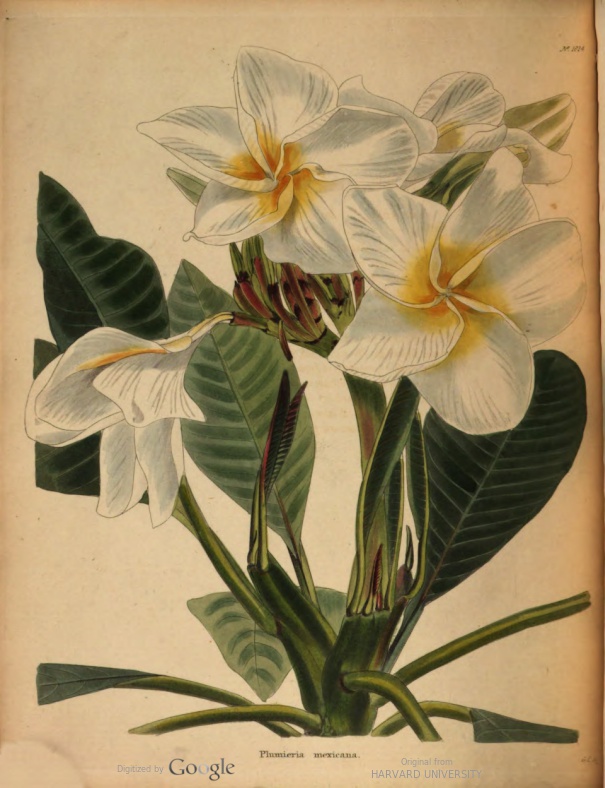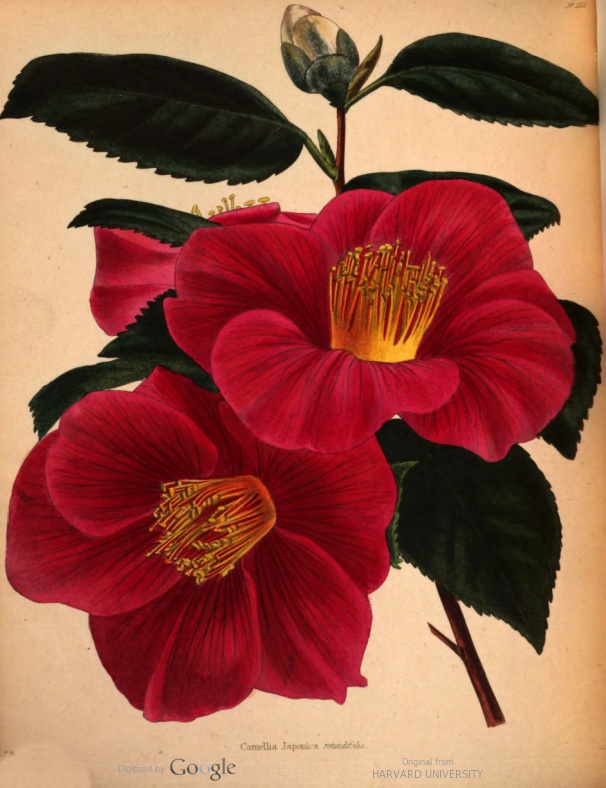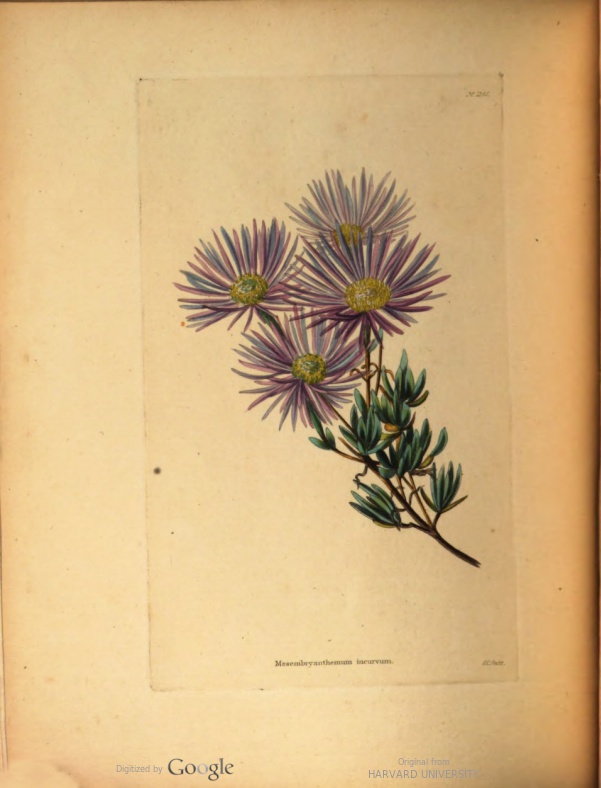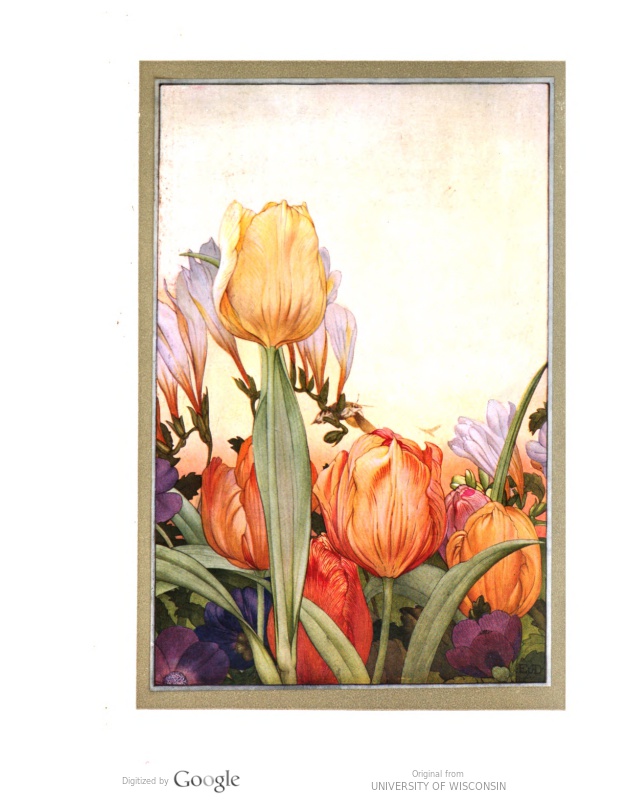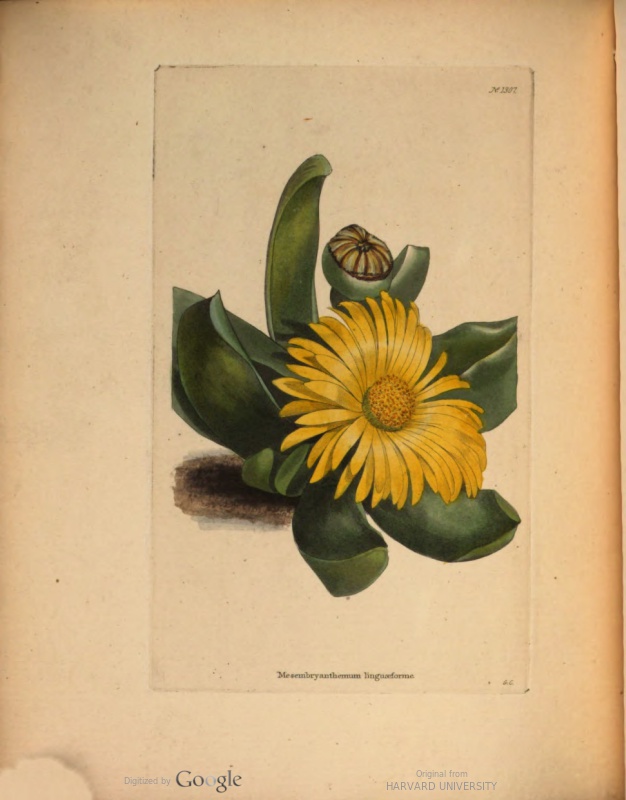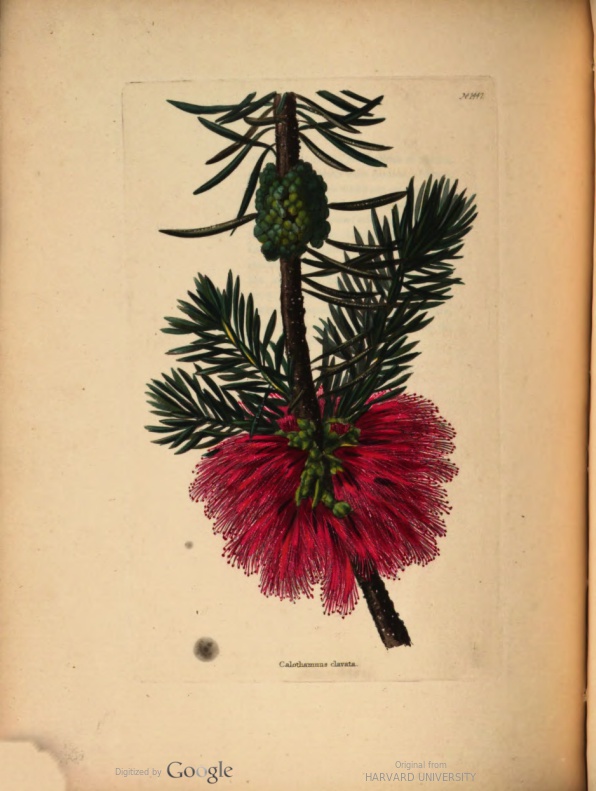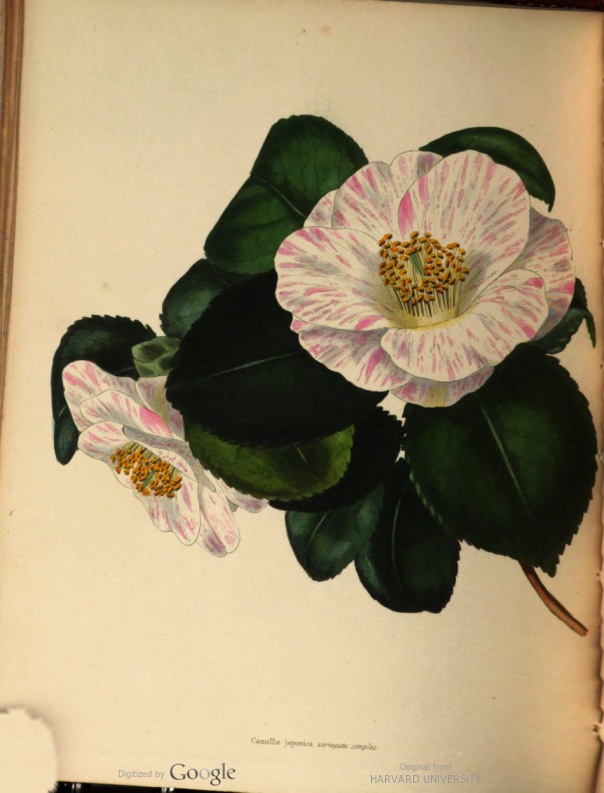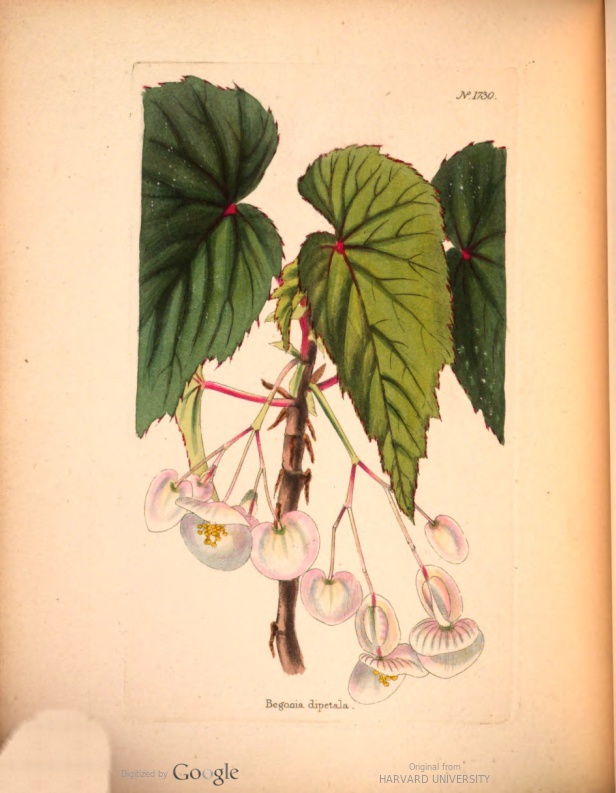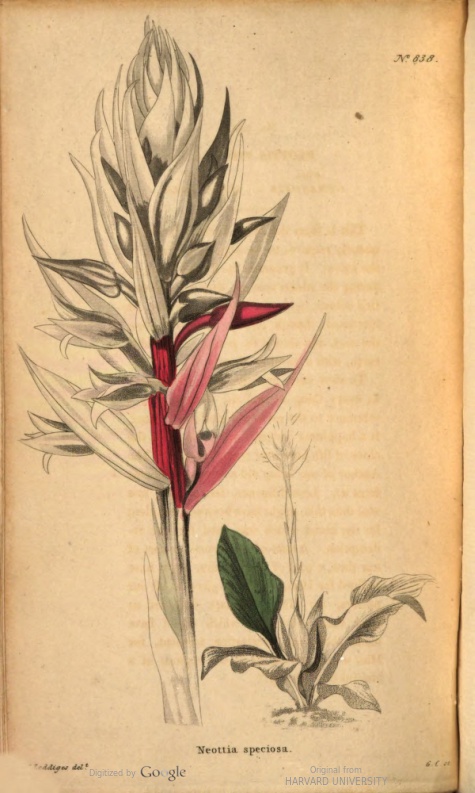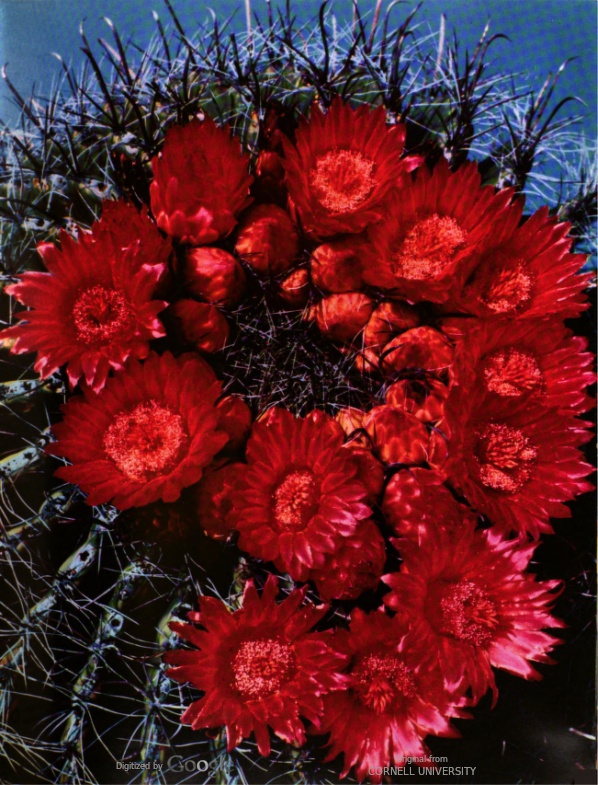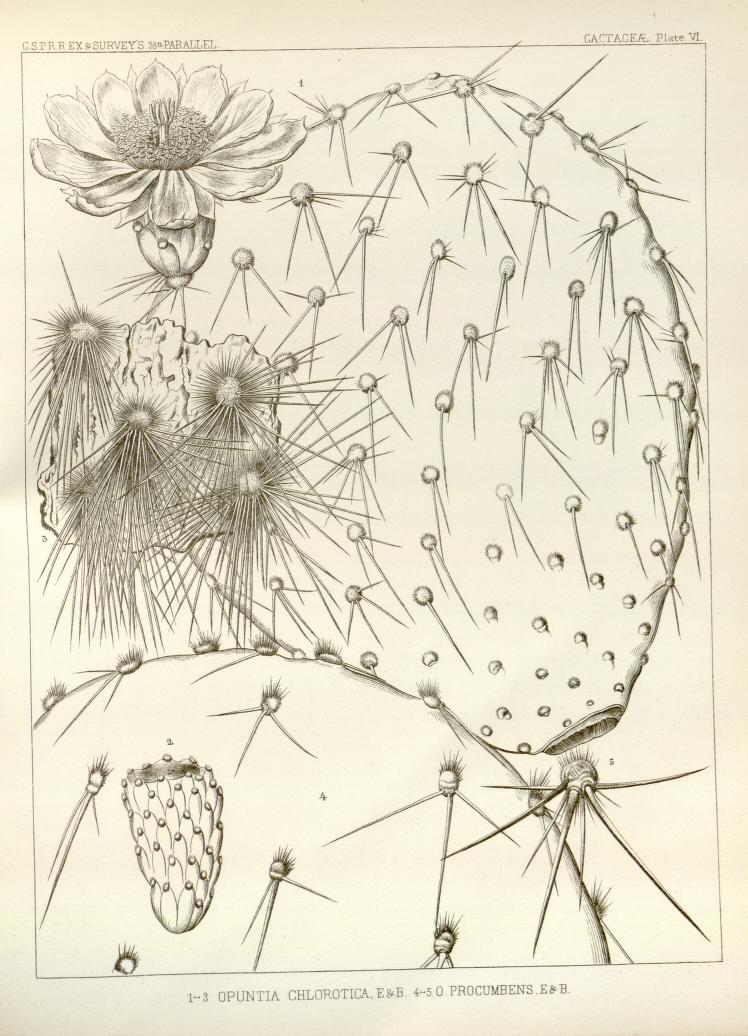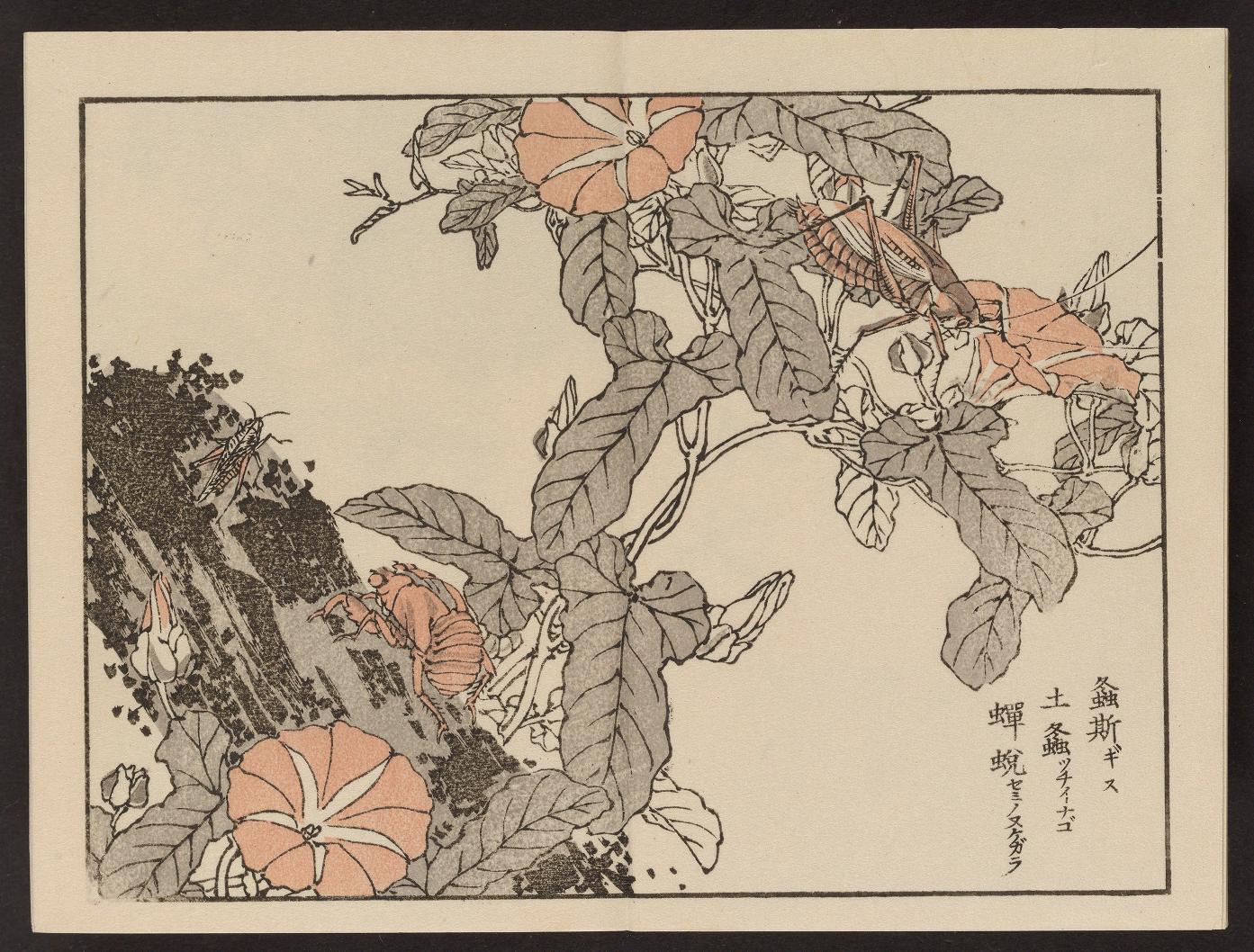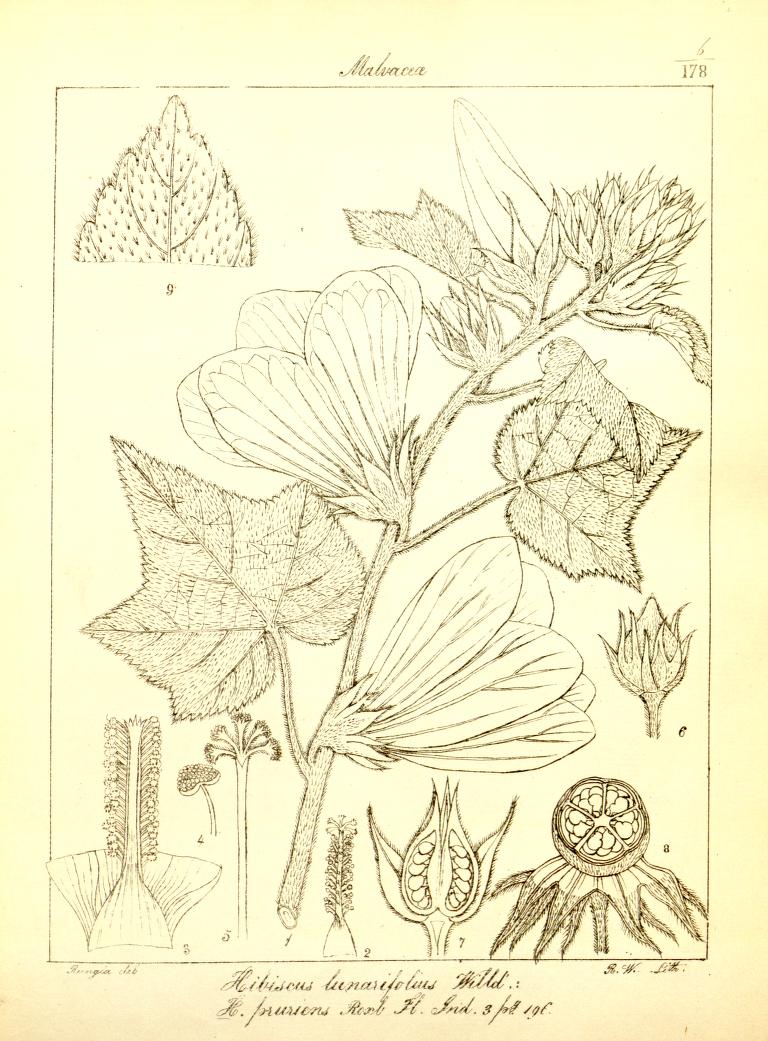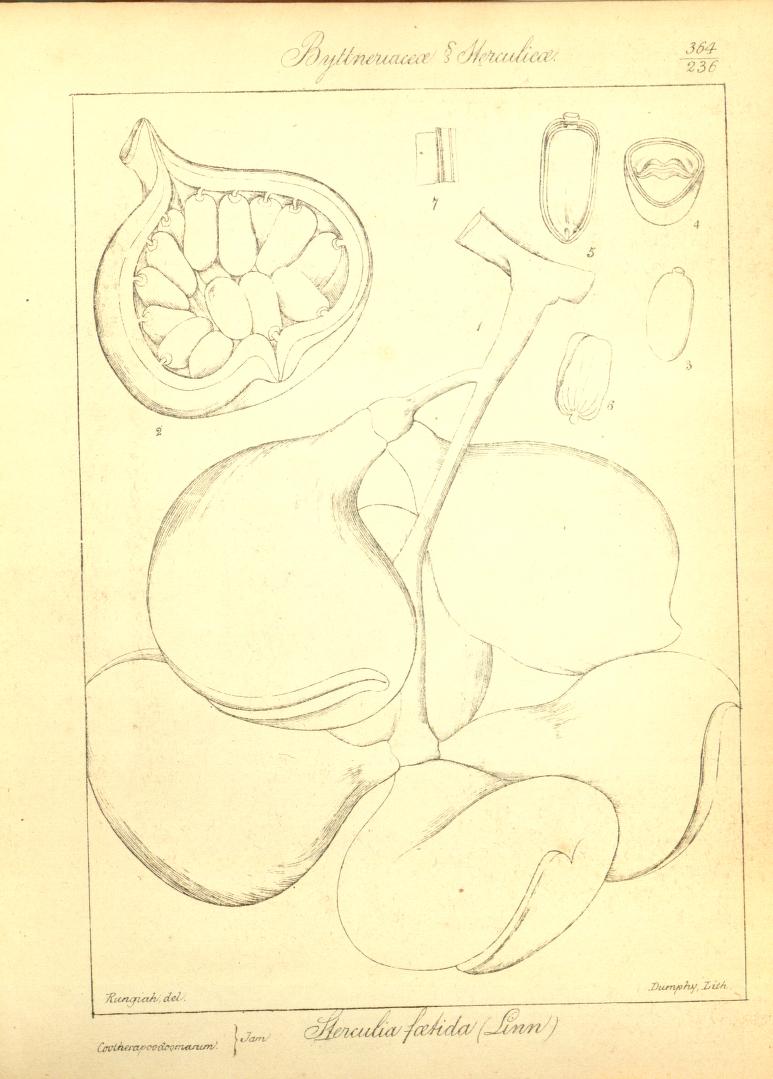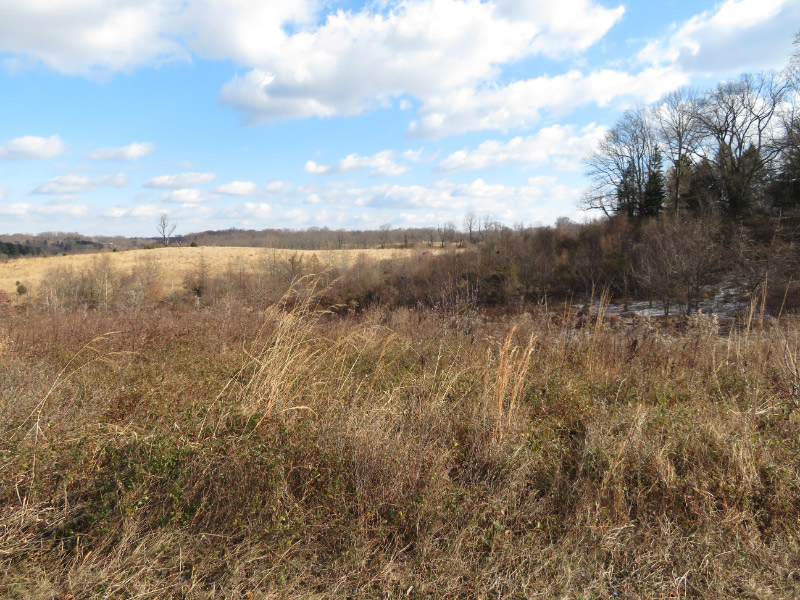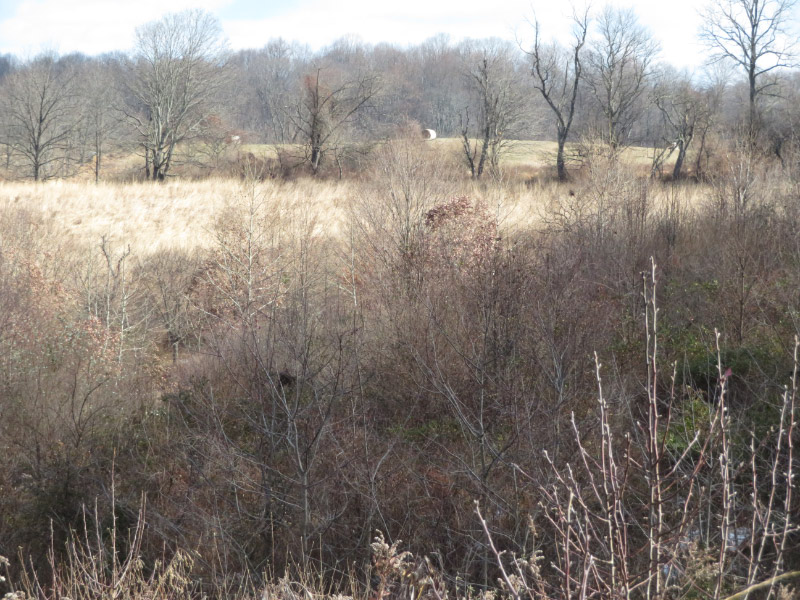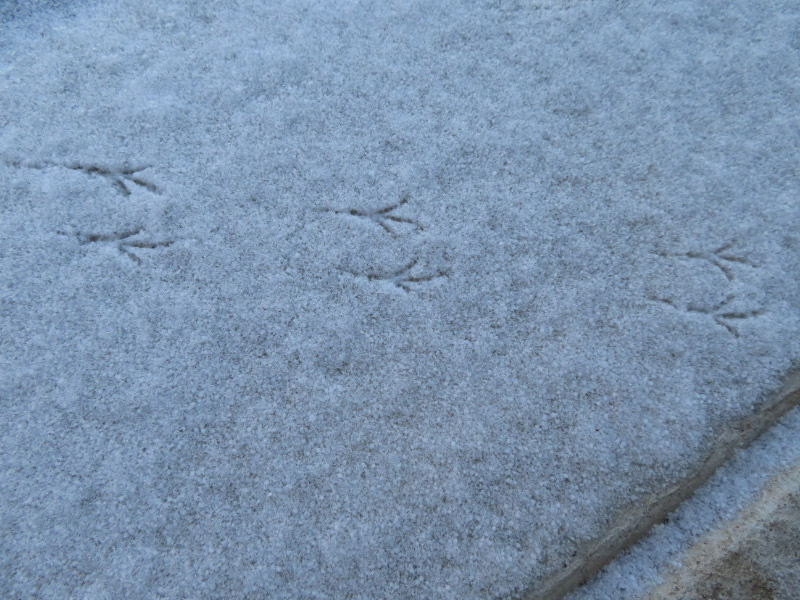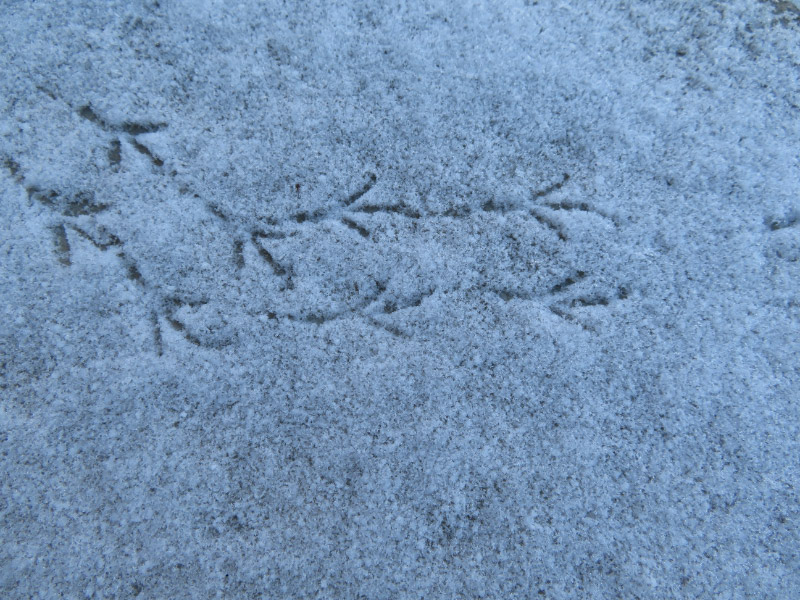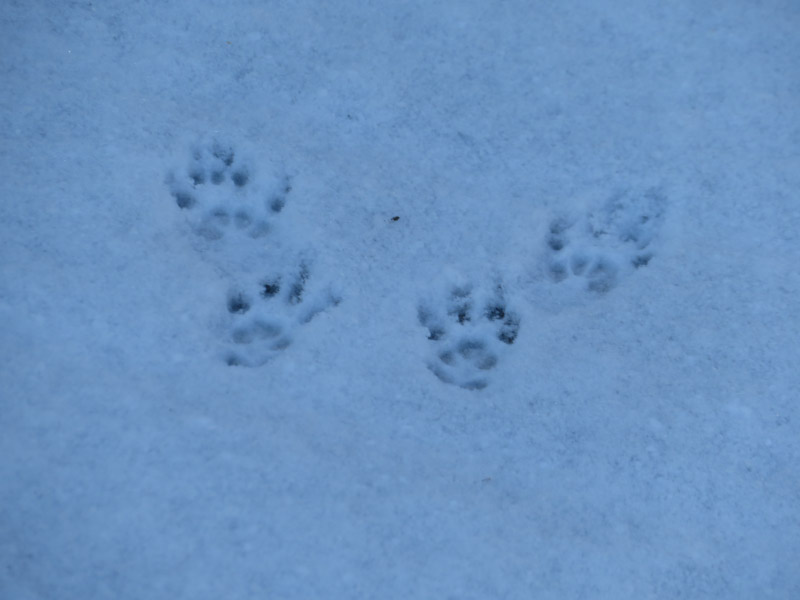Gleanings of the Week Ending January 27, 2018
/The items below were ‘the cream’ of the articles and websites I found this past week. Click on the light green text to look at the article.
Transmission Upgrades & Expansion Are Necessary to Meet Increasing Demand for Wind & Solar | CleanTechnica – The key barrier is planning that requires coordination across regions. The Central US contains the most technical potential for wind and solar development but the largest growth in energy consumption is along the coasts…hence the need for transmission upgrades.
How Birds Survive the Cold: Feathers + Food = Warmth | All About Birds – A timely article about bird survival strategies. I was pleased that I see quite a few of the birds featured in the article in my backyard: juncos, finches, blue jays, chickadees, downy woodpecker, and blue birds.
A Wild Year for the Whooping Crane: The National Wildlife Federation Blog – Still on the edge of extinction…but the numbers in the wild flock that migrate from Canada down to Aransas National Wildlife Refuge is slowly increasing.
Forensic Facial Reconstruction Reveals 9,000-Year-Old Face – It seems like a lot of facial reconstruction has happened recently. This one is for an 18-year-old woman from Greece (9,000 years ago).
People with tetraplegia gain rapid use of brain-computer interface -- ScienceDaily – What a hopeful result – both for people with disabilities and more broadly.
On the Chesapeake, A Precarious Future of Rising Seas and High Tides - Yale E360 – We live very close to the Chesapeake Bay…so I always take note when it appears in my news feeds. The 15-minute video about Dorchester County is well done. I am familiar with Blackwater National Wildlife Refuge; it was the first place I saw a bald eagle in the wild….28 years ago. It has a lot more open water now and by the end of the century will be completely under water.
The Intelligent Plant | The New Yorker – An older article but new to me. It was referenced in a lecture I went to recently. Very readable…a new way of understanding plants.
Understanding the Nomadic Habits of Snowy Owls – Cool Green Science – We only see snowy owls in Maryland in winter…and then rarely. There’s always a possibility.
Canyonlands National Park – I’ve only been in that part of Utah once – and it was in October 2013 when the government was shut down….so I didn’t get to visit the park. This article has given me the idea that it would be a good place to camp – take the telescope for the night skies and hike in the mornings.
Air quality is leading environmental threat to public health: Switzerland tops the report while India falls to the bottom tier -- ScienceDaily – The US places 27th of 108 countries (strong scores on sanitation and air quality…but weak performance on deforestation and greenhouse gas emissions. We’re near the back of the industrialized nations.



